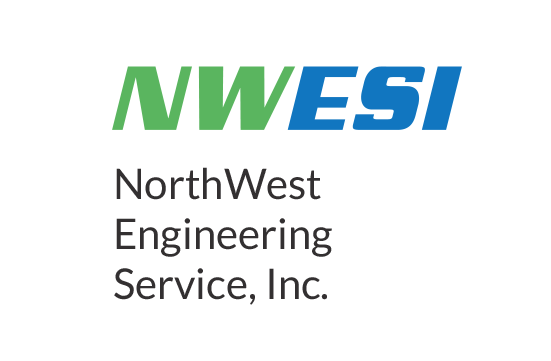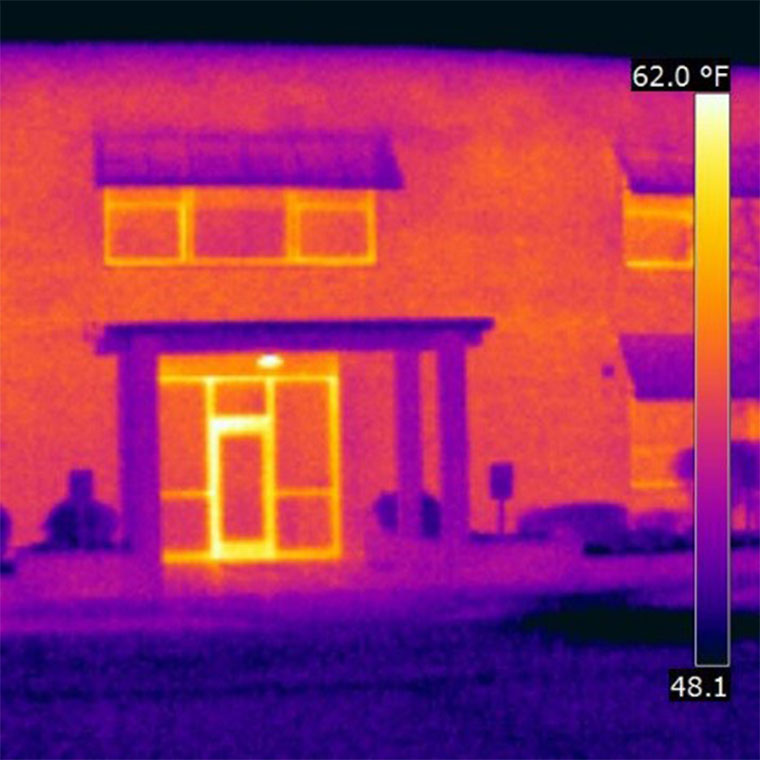Site Sustaining Services
This service comprises numerous services and skillsets, depending on clients’ requirements. In some cases, these are regular services that are periodically required (whether annually, quarterly, or daily). In others, we work side by side with the maintenance, energy, and capital planning teams as an extension of their facilities department, using our expertise and ongoing records of their buildings to help keep the buildings running efficiently now and in the future.
Regulatory Compliance Support for Hospital Accreditation Programs including:
The Joint Commission
Det Norske Veritas (DNV)
Healthcare Facilities Accreditation (HFAP)
Fume Hood Testing
Fume Hoods control exposure of toxic compounds in laboratories, directing contaminants outside of the building’s HVAC system so that the air is not recirculated. The use of fume hoods is necessary to maintain non-hazardous air for people working in those potentially harmful environments.
Fume Hood Testing involves checking airflows and contaminant levels to ensure they meet safety and exposure limits. Standards required for testing depend on the use, location, and design of the hoods, and can range from simple face velocity requirements to compliance with ASHRAE standards.
Forensic Investigations
This involves the review and evaluation of systems and components, projecting remaining useful life and failure cause analysis. Detailed documentation and adherence to chain of custody requirements must be followed to ensure integrity of evidence. We provide evidence gathering planning, evidence collection, documentation, and evaluation.
Infrared Imaging
Also called Thermographic Imaging, this service is invaluable for quickly spotting relatively large leaks in a building’s envelope system. As such, it’s one of the easiest tools to use to minimize energy losses. In addition, it is frequently used in circuit breakers and electrical connections to help ensure circuit and wiring integrity.
Sequence of Operations (SOOs) Reconstruction
SOOs describe and control the way equipment and systems operate. SOOs are often modified as needs change or as the understanding of the system(s) is developed. Lack of documentation of the SOOs makes troubleshooting and resolving performance issues difficult and sometimes impossible. Optimal equipment and system performance can only be achieved when the SOOs are complete and the related logic is programmed and de-bugged. Reconstruction of the SOOs involves review of available documentation, current control programming, and observation of the systems performance. SOOs are then documented in written format.
Updated HVAC Systems Drawings
As building age, drawings often become out of date or misplaced. Drawing updates, reconstruction or as-building, is needed to help operations staff understand and maintain systems, and to meet compliance requirements. Floor plans, riser diagrams and control diagrams all help maintenance operations and planning efforts for expansion and capital expenses.



